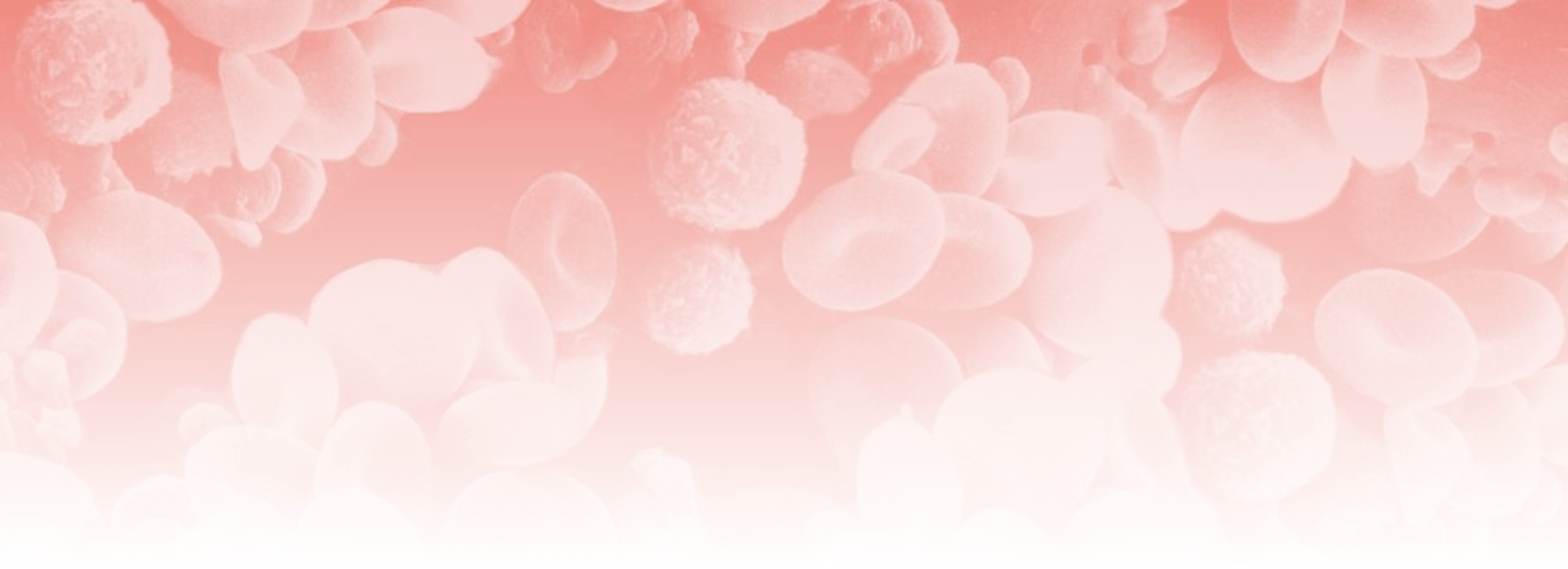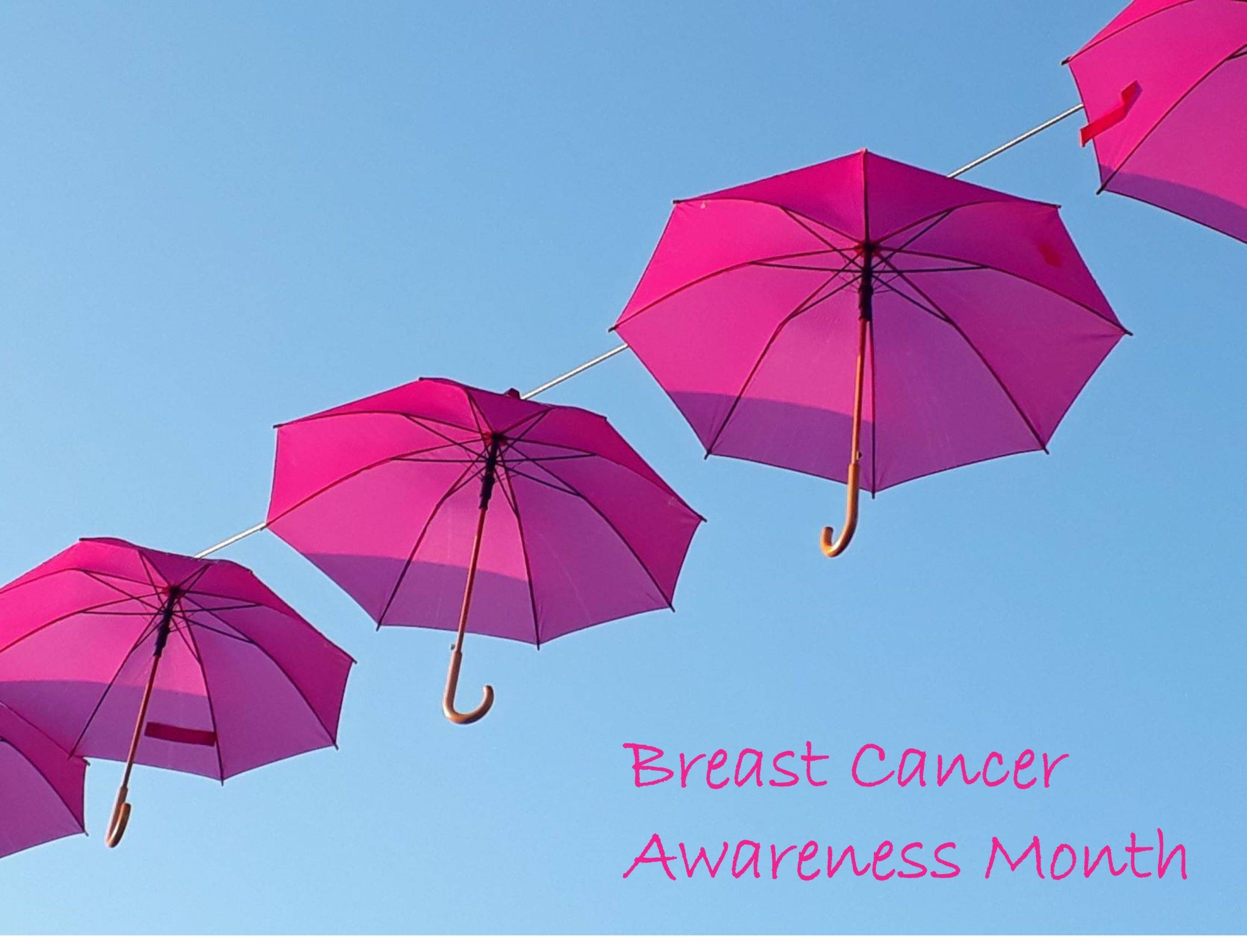
Pink October 2022

October 18, 2022
Pink October is an annual campaign to raise awareness of breast cancer. Founded in 1985 by the American Cancer Society and Imperial Chemical Industries in the United States, breast cancer awareness month is now a worldwide event.
Breast cancer screening programs and support for patients and research
Last year, we told you about the European Commission’s recommendations for organized breast cancer screening programs. Despite these recommendations, the number of at-risk people being screened for breast cancer varies from 6% to 90% among EU Member States, with the disruption caused by the Covid-19 pandemic leading to a fall in participation in breast cancer screening programs in many countries over past few years. For example, in France, participation in the national breast cancer screening program in 2020-2021 was 46.6%*. Although this rate of participation was higher than that reported in 2019-2020 at the height of the Covid-19 pandemic and nationwide lockdowns, participation rates in France have been steadily decreasing since the peak of 52.3% observed in 2011-2012.
With the aim of increasing uptake of cancer screening across Europe and reaching the goal of ensuring that 90% of the European population who qualify for breast cancer screening are offered it by 2025, the European Commission has recently outlined its new EU cancer screening scheme to support Member States as part of Europe’s Beating Cancer Plan. As part of this new screening scheme, the EU recommends extending the target group for breast cancer screening to include women aged between 45 and 74 years of age (as opposed to the current age range of 50 to 69 years).
However, it is important to highlight that some breast cancers affect younger women, such as triple-negative breast cancer. This cancer is particularly aggressive and difficult to treat, and 40% of affected women are under 40 years old. Due to their age, these women do not benefit from organized screening programs and may not suspect that a simple lump may be cancerous. Learning the signs of breast cancer, and performing breast self-exams between visits to a healthcare professional can be an important tool for early detection. A simple guide to performing breast self-exams is available on the Breastcancer.org website.
Screening and early detection are important: when detected at an early stage, breast cancer can be cured in 90% of cases.
In addition to promoting breast cancer screening, Pink October is also an event that encourages support for people affected by this cancer, and provides an opportunity to raise funds for medical and scientific research.
Dermatological side effects of cancer treatments
Cancer treatments (chemotherapy, targeted therapy, immunotherapy, radiotherapy, and hormone therapy) can cause dermatological side effects. Research is being conducted to combat these adverse effects and improve the quality of life of patients.
Santé Active Edition – Synergy Pharm was involved in writing and coordinating the publication of 6 reviews included in a special issue of “The Journal of the European Academy of Dermatology and Venereology” (JEADV) dedicated to photoprotection and dermato-oncology. One of these reviews focused on photosensitivity related to cancer treatments. Dr. Vincent Sibaud, author of this review, together with Prof. Caroline Robert (Institut Gustave Roussy, France), participated in the development of a free mobile application created by Avène Dermatological Laboratories: Side Onco Skin. This application, intended exclusively for healthcare professionals, provides information on the main dermatological toxicities associated with cancer treatments, with the aim of improving patient management.
Our medical writing team has also written a scientific article reporting the results of a multicenter phase IV study that demonstrated the benefits of an emollient for relieving xerosis caused cancer treatments in 319 patients.